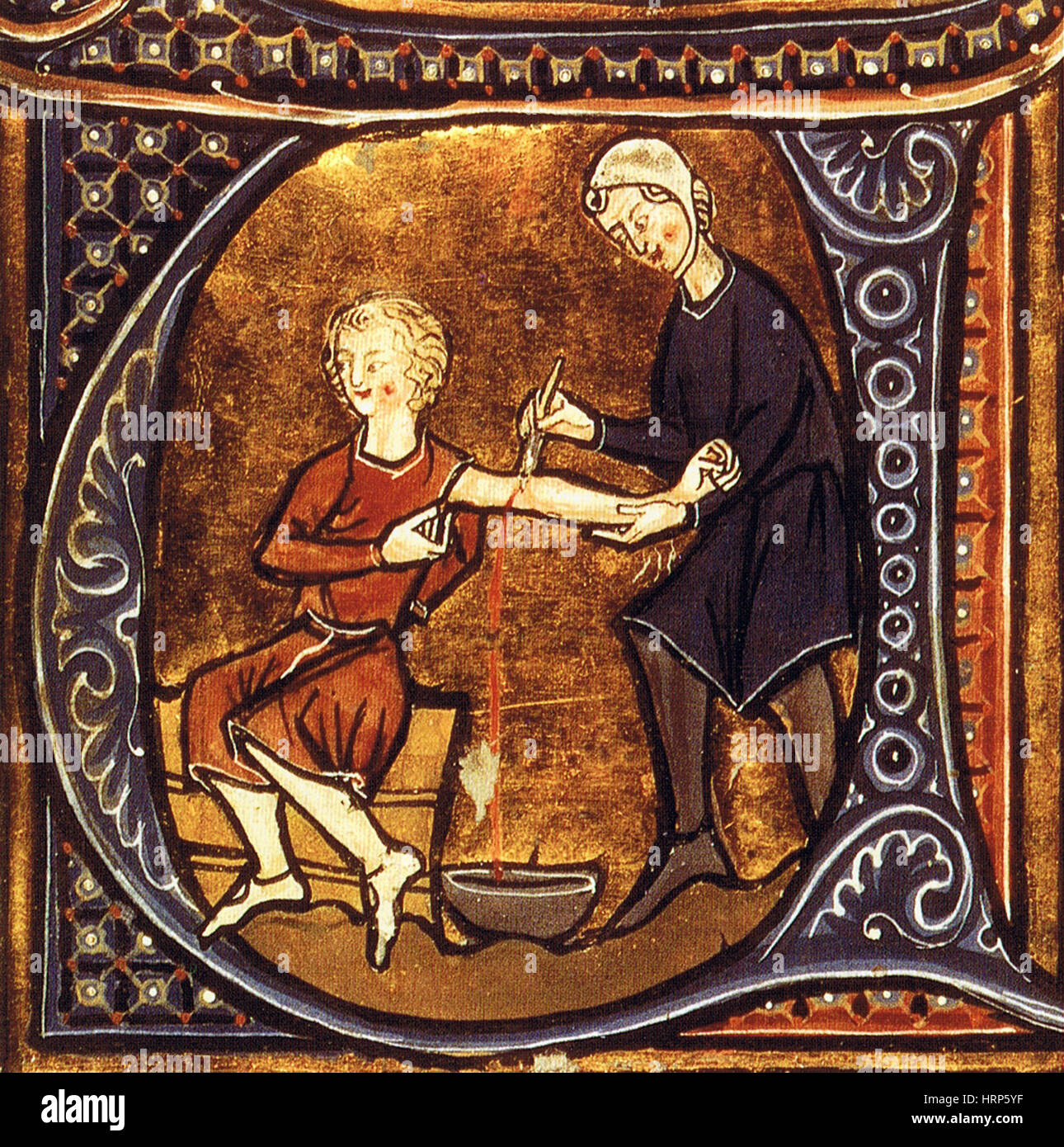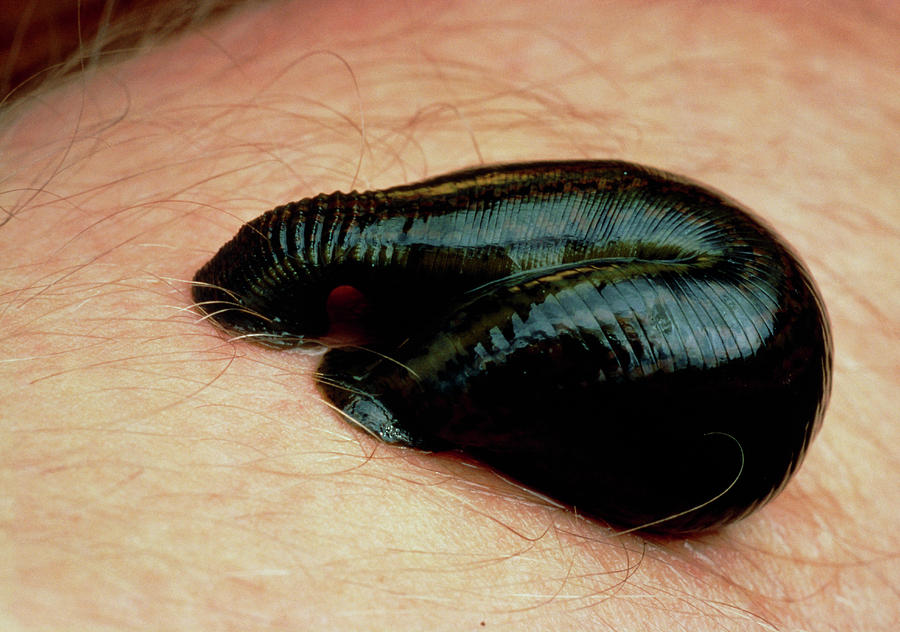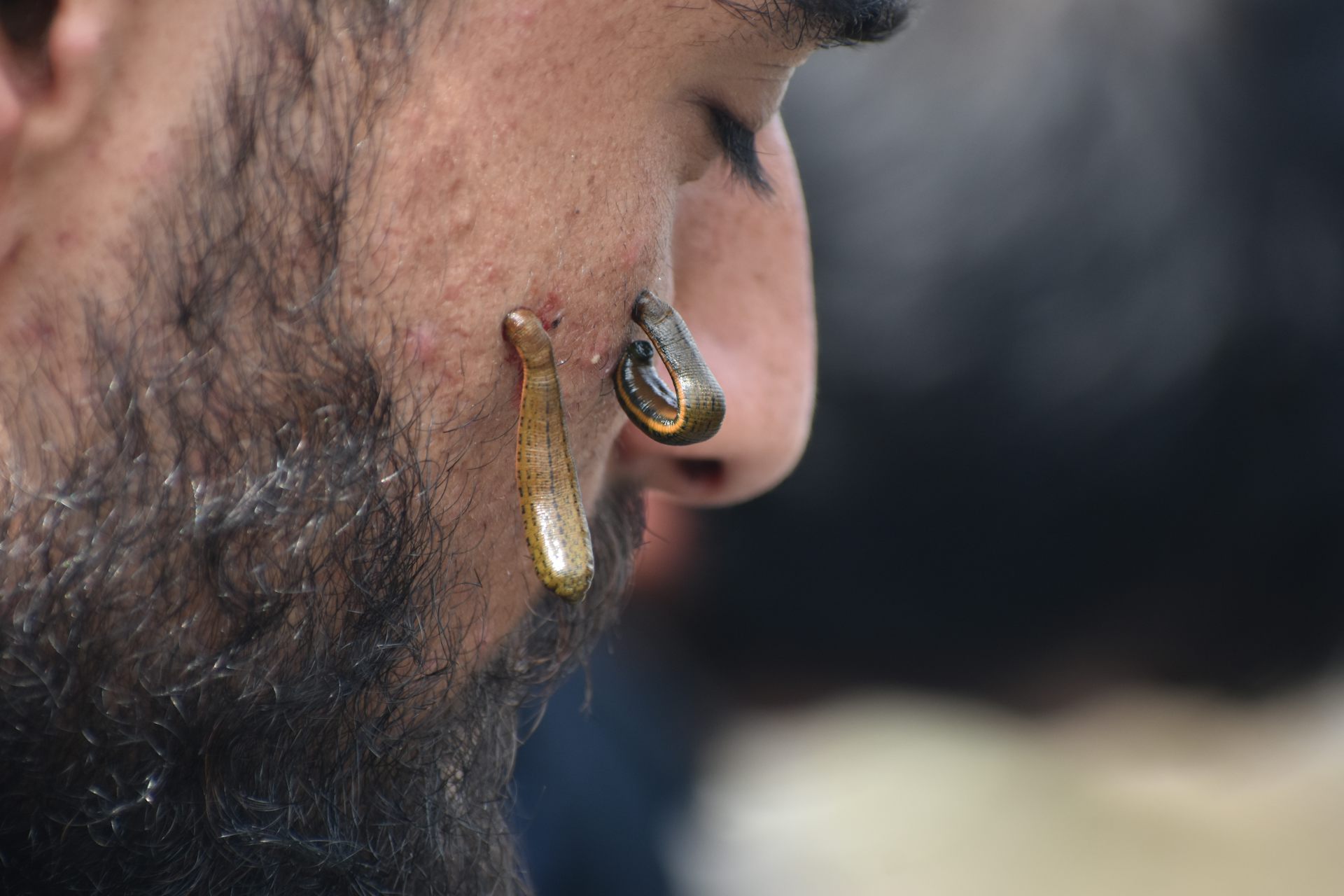

Each is a crawling pharmacy, filled with more than 200 enzymes and a sophisticated mixture of drugs to keep blood viscous for the three months it takes them to digest every meal. Every medicinal leech has 10 eyes, six hearts and 32 brains, said Anna Phillips, a research zoologist at the Smithsonian Institution National Museum of Natural History. “I got into leeches for the aesthetics,” Siddall said.
#Leech blood skin
The skin is cool and tacky to the touch, like old Scotch tape. Its dorsal skin is speckled with orange lines and yellow polka dots. Contrary to popular belief, the medicinal leech is not slimy or black. Siddall and Plucinski agree that this modern view fails to give leeches sufficient credit. “When I talk about what leeches do, most people think of medieval stories,” said Bethany Sawyer, manager of Biopharm, the leech farm in Wales that supplies most medicinal leeches used in the United States, including Plucinski’s. Surely, we assume, blood-sucking worms must have fallen out favor with other medical practices of the Middle Ages, like treating headaches by drilling holes in the skull and administering enemas using the bile of wild boars. Leeches cure this problem by sucking out the old blood and pumping in powerful anticoagulants to keep new blood flowing.įor this reason – and this reason alone – the FDA approved leeches as a medical device in 2004.Īt a time when doctors use remote-controlled robots to repair the valves of beating hearts, when closet-sized radioactive scanners track individual thoughts as they flash across the neurons of the brain, many Americans might be surprised to learn that leeches have any modern function at all. If left unattended, the reattached member fills with blood, clots, runs out of oxygen, and dies. Veins have soft walls, however, and take longer to link up.

When a severed earlobe or finger is sewn back on, blood flows easily into the new tissue through the arteries, which have hard walls that reconnect easily, the National Institutes of Health said. So far, Siddall said, Western medicine has proved leeches capable of precisely one medical miracle: helping to reattach cleaved or amputated body parts. “It’s all hogwash,” said Mark Siddall, a scientist at the American Museum of Natural History and one of the world’s foremost authorities on leeches. Leech scientists take a dim view of Plucinski’s claims.

By removing the toxins, your body will get back to homeostasis by itself, and very quickly.” FDA approved them as medical device “I am not a medical doctor, and leeches do not cure any illnesses. “This is not Harry Potter,” Plucinski said. Rather, they remove toxins, improve blood flow and pump healthy enzymes into the organs, helping the body to heal itself.

The leeches don’t fix these ailments directly, Plucinski said. He regularly treats patients who complain of face wrinkles, sleeplessness, drowsiness, back pain, leg pain, foot pain, upset stomach, eczema, arrhythmia, vertigo, migraines, ear infections, clogged sinuses, hemorrhoids, rheumatoid arthritis and erectile dysfunction. Plucinski takes an expansive view of leeches’ curative powers. “If you use them long enough and in a certain protocol, leeches treat the blood to keep it at the proper viscosity.” “Yesterday I placed 10 leeches on my heart,” he said, grinning. In each case, Plucinski said, the pain ceased and movement returned. The therapist attached leeches to Plucinski’s right knee, his wrists and the top of his spine. There, he found a hirudologist, defined as someone trained in the use of hirudo medicinalis, the species of medicinal leech common in Europe since the Middle Ages. He immigrated to the United States in the 1980s, settling in Greenpoint, Brooklyn, a traditionally Polish neighborhood. Given his new distrust of Western medicine, Plucinski turned to leeches. He twisted his right knee in a skiing accident, suffered whiplash from a car crash, and developed pain in his wrists that doctors diagnosed as carpal tunnel.
#Leech blood series
Plucinski later suffered a series of ailments and injuries. “I allowed those criminals to open me up,” Plucinski said, “and today it is still causing me pain.” The result, he said, was chronic pain and low blood flow to the leg, causing parts of his foot to lose oxygen and turn brown. He chose Western treatment instead, including an operation in which doctors removed an entire vein running from his right foot to his groin. As a young man, Plucinski developed varicose veins himself.


 0 kommentar(er)
0 kommentar(er)
